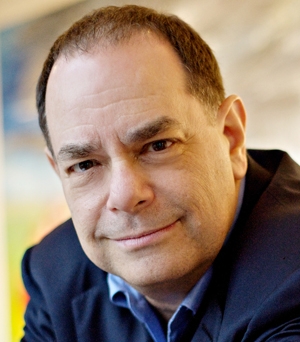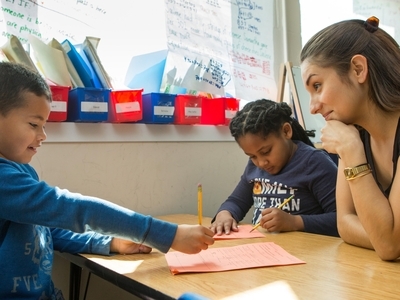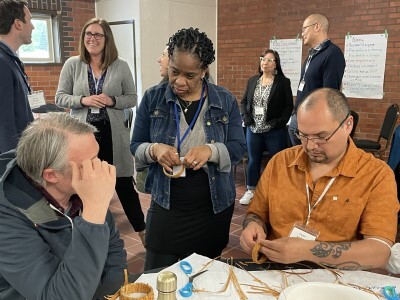EMPOWERED! Chapter 2. A New Generation Seeing Things in a New Way, Part 1
Topics
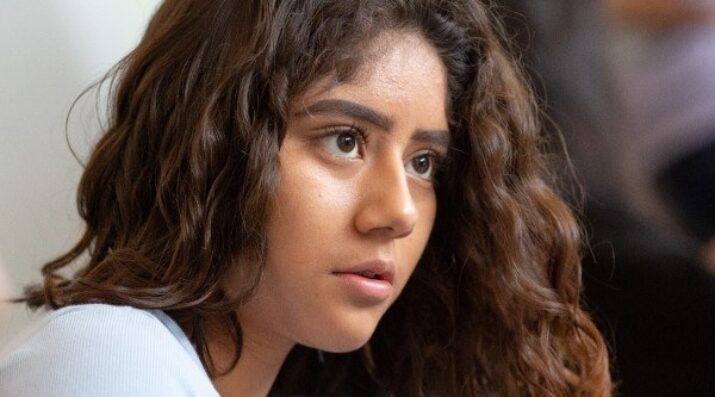
Next generation learning is all about everyone in the system—from students through teachers to policymakers—taking charge of their own learning, development, and work. That doesn’t happen by forcing change through mandates and compliance. It happens by creating the environment and the equity of opportunity for everyone in the system to do their best possible work.
As this generation faces a fast-changing world, choosing to re-frame our view with a clear vision of what’s possible for young people can be difficult but very useful.
Note: This article is a reprint of the first half of “Chapter 2: Seeing Things in a New Way” from the author’s book, EMPOWERED! Re-framing ‘Growing Up’ for a New Age. Read Chapter 1.
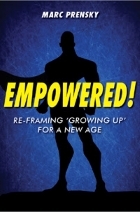
We all know these are very transitional times for humanity—even if we don’t know exactly what we are transitioning to. The question I ask in this book is...
How can we—and the rising generations—re-frame these times for maximum helpfulness?
One reason we require new frames is that for the generations now rising, the pace of change has dramatically speeded up. A great deal new is emerging, and the world is experiencing much upheaval—even as a great deal continues as before, that many from previous generations cling to.
This raises many questions: What should continue? What should be abandoned? What replaced? How do we decide? How do we even think about it? Today a great many are confused or conflicted about this. This is just the kind of situation in which re-framing what we see can be very useful.
Seeing in a New Way
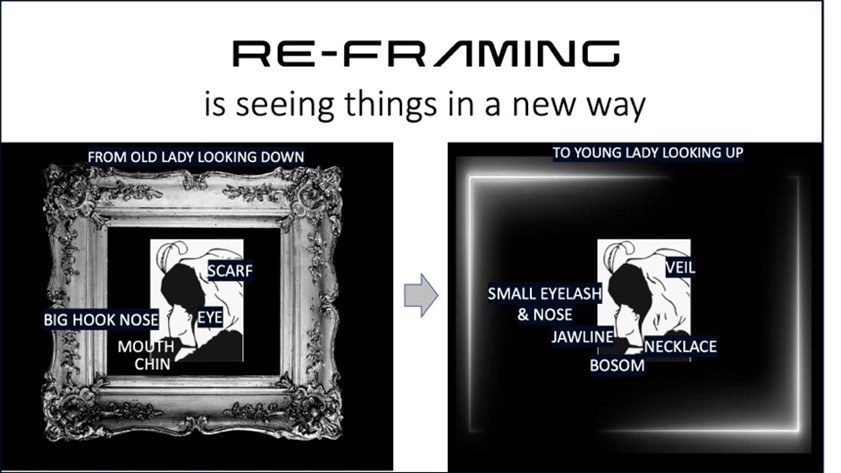
A “frame” is our choice of how we see the world. Pictures such as the one above that can be viewed in two ways, and the proverbial half-full or half-empty glass, are but tiny examples of our making these framing choices.
A frame is the “lens” we choose to look through as we consider the future—it is our choice of the perspective we think will be most helpful to our understanding. In Thomas Kuhn’s terms, a frame is the “paradigm” we decide to adopt and accept. “Mindsets,” “beliefs,” and “worldviews” are other names some use for frames.
Much in our lives depends on the frames we adopt—the perspective we choose to take. The element of choice is very important. Some may think there is only one objective way to see the world. “But,” neuroscientists Eric C. Anderson and Lisa Feldman Barrett remind us, while “people believe they experience the world objectively […] research continually demonstrates that beliefs influence perception.”
In other words, frames matter. A lot.
Both How We See and How We Are Seen
A usual way of looking at frames is “How we see the world.” This generally includes, metaphorically, both the picture frame we put around the world and the lenses through which we see it.
We can also re-frame the “frames metaphor” to include how we are seen by other people. This is like focusing on the plastic or metal that holds the lenses in the eyeglasses on our face. Others can perceive us (and we can perceive others) as wearing—i.e., having—a particular frame, or set of frames (i.e., our belief sets about the world, religious and more)—and that influences our behavior towards each other. Anyone who has ever chosen eyeglass or sunglass frames knows just how many frame choices there are—we often own several pairs, for different occasions, depending on how we want to be perceived.
But while it is easy to change our outside look, from our inner perspective—i.e., the lenses we each see the world through, there is typically only one prescription at a time that is right for us—the framing that makes the world most clear to our eyes.
Our Frames Are Our Choice
Our physical eyes and vision are shaped by nature, individually and differently in each case, and often necessitating correction to see clearly. There is a clear physical definition of “seeing clearly,” and the optician’s job is to find it.
The metaphorical frames we are talking about here occur, rather, in our minds, in ways we do not yet fully understand. Yet one thing is very clear—when it comes to mental lenses and frames, we get to choose—just as we get to pick our eyeglass frames. There is no one prescription that is “clinically right." The frame we choose reflects many factors—often including where and how we grew up, such as with a regional, cultural, or religious frame. And it may go beyond that as well, to individual preferences.
In certain well-known optical illusions—such as the [young woman / old hag] shown above or the well-known [profiles / vase]—most can only see one frame at a time, not both. This appears to be true for mental frames as well. We may, or may not, know both exist, but at any moment we believe only one to be true—the one we have chosen our own. It is hard for a person to hold two opposing frames simultaneously—it causes conflict, or dissonance, in our minds. Perhaps to avoid this conflict, our mental frames—i.e., our deeply-held beliefs about how the world works—do not change easily or frequently.
The “Aha” Moment
Yet our choice of frame can change instantly when someone shows us, or we discover, a better one—I call this an “aha” moment (some call it an “epiphany.”) Even during the slow-changing times of the past humans experienced a number of these collective epiphanies—i.e., group re-frames about the world. (“Aha,” some may have said when Magellan arrived home, "the world is round and not flat! That makes so much more sense!”)
Some of these aha’s resulted from better tools or more complete or precise observations, such as the re-frame of the earth’s being a sphere and not flat, or the re-frame of the planet’s traveling around the sun and not the Earth. Other re-frames, such as re-framing to the sovereignty of the people rather than of hereditary kings, or from many gods to a single God, were the result of societal changes.
Typically, re-framings happen inside people’s minds, without any outward manifestations. Some groups, though, do employ signs—distinctive clothing or body markings—to visibly indicate the frame inside. These are, metaphorically, the “glasses frames” we spoke of earlier—i.e., the frame in which we want the world to perceive us.
“Muscle Memory”
Changing one’s frames is crucial for making changes in behavior—the beliefs represented by our frames determine everything we do or don’t do. But while frame change is a required first step, just changing one’s frame(s) doesn’t necessarily, by itself, lead to behavior change. Our behavior in an old frame often becomes automatic—some refer to this, metaphorically, as “muscle memory” (term from Guido van Nispen). Neuroscientists sometimes call it “zombie” behavior. At times we have gotten so accustomed to doing something in a particular way that even when our beliefs change we still do the old things—knowing they are wrong or ineffective. This so-called “muscle memory” in humans plays a large part in preventing needed changes from taking place. Education—where many practitioners already agree they are not doing the right thing for their students—is one of the prime examples.
What people in that position need, I believe, is a clear vision of what they can do instead. That is something I hope to provide in this book.
Read More: EMPOWERED!
- Chapter 1: Re-Framing Growing Up for a New Generation, Part 1 and Part 2
- Chapter 2: A New Generation Seeing Things in a New Way, Part 2
- Chapter 3: Re-Framing Our Young People's Times, Part 1 and Part 2
- Chapter 4: Re-Framing Who Young People Are, Part 1 and Part 2
- Chapter 5: Re-Framing Where Young People Will Live, Part 1 and Part 2
- Chapter 6: Re-Framing What Young People Believe, Part 1 and Part 2
The full book is available on Amazon.
Photo at top by Allison Shelley for EDUimages, CC BY-NC 4.0

